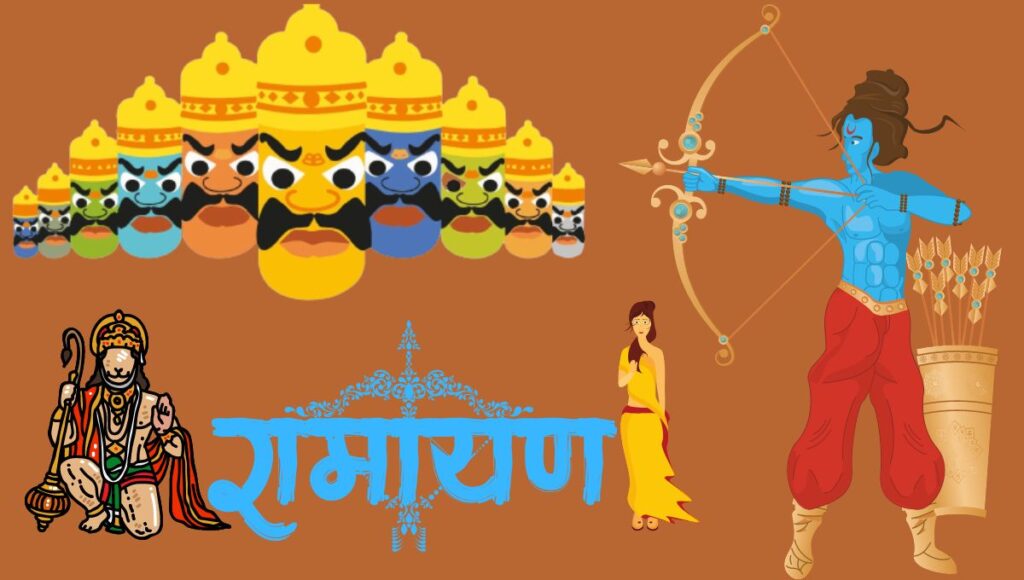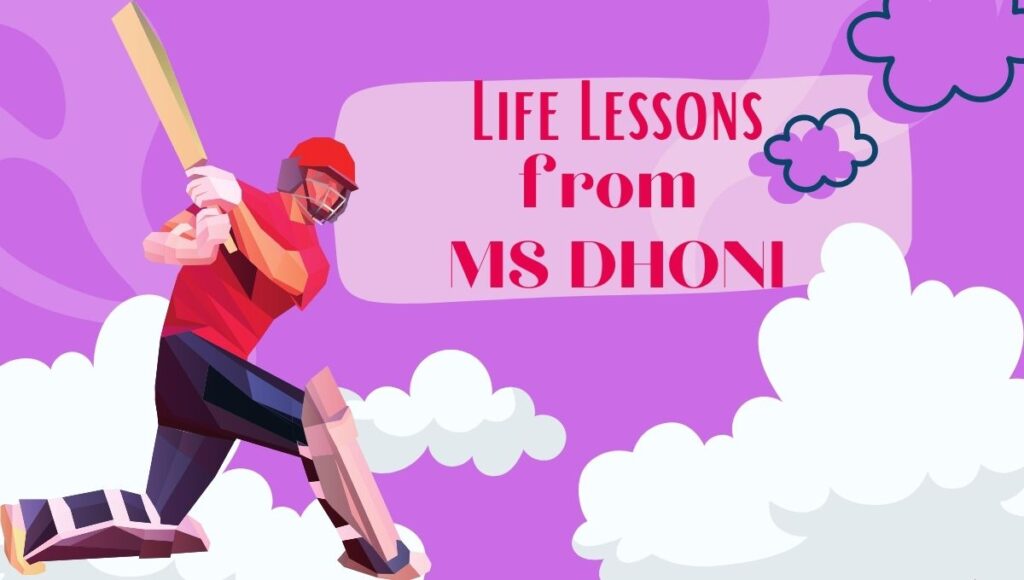Indian Independence Day: How to Express Your Gratitude and Appreciation for India with These 3 Simple Habits 🙏
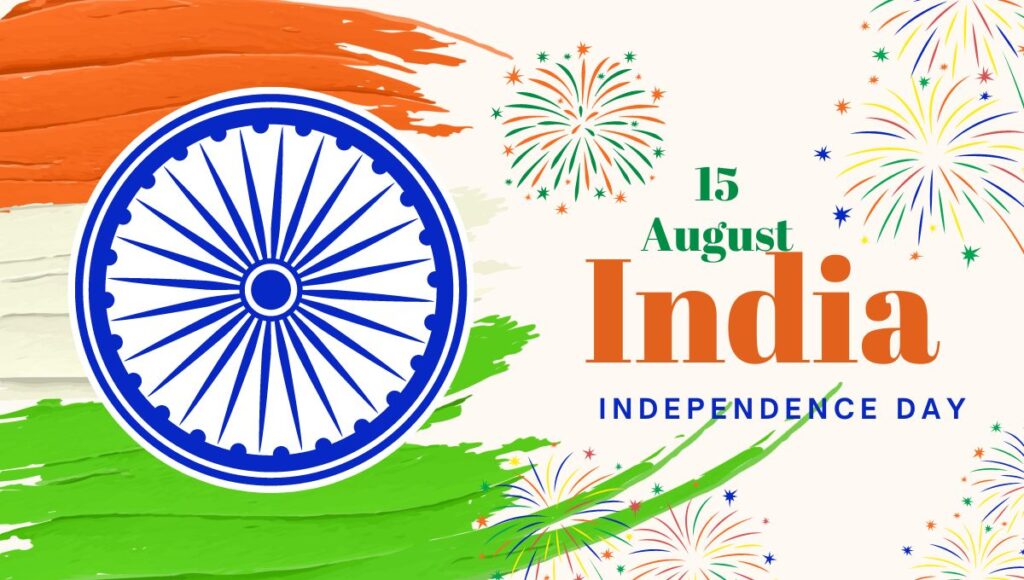
Are you looking for some ways to express your gratitude and appreciation for India on this special day?
Do you want to celebrate the 77th anniversary of India’s independence from British rule and honor the sacrifices of the freedom fighters?
If you answered yes to any of these questions, then you are in the right place. In this blog post, I will show you how to express your gratitude and appreciation for India with these 3 simple habits.
Gratitude and appreciation are powerful emotions that can transform your life and make you happier, healthier, and more successful. By expressing gratitude and appreciation for India, you can also strengthen your connection with your motherland and feel proud of your heritage.
But before I share with you these 3 habits, let me first explain what Indian Independence Day is and why it is important. In this section, I will give you a brief overview of the history and significance of this national holiday.
What is Indian Independence Day and Why is it Important? 🇮🇳

Indian Independence Day is a public holiday that is celebrated annually on August 15. It marks the end of British rule in India in 1947, which was brought about by the Indian Independence Act of July 18 that year. The act transferred legislative sovereignty to the Indian Constituent Assembly, which was responsible for drafting the Constitution of India1
Indian Independence Day also marks the anniversary of the partition of the subcontinent into two countries, India and Pakistan, which occurred at midnight on August 14–15, 1947. The partition was based on religious lines, with Muslim-majority areas forming Pakistan and Hindu-majority areas forming India. The partition resulted in widespread violence, displacement, and loss of lives for millions of people on both sides of the border2
Indian Independence Day is an occasion to celebrate the freedom and democracy that India enjoys today, thanks to the efforts and sacrifices of the freedom fighters who fought against British colonialism. Some of the most prominent leaders of the Indian independence movement were, Subhas Chandra Bose, Bhagat Singh, Rani Lakshmi Bai, and many others3
Indian Independence Day is also an occasion to reflect on the achievements and challenges that India has faced since its independence. India has emerged as one of the largest and fastest-growing economies in the world, with a population of over 1.3 billion people. India has also made significant progress in various fields such as science, technology, education, health, culture, sports, and diplomacy4
However, India also faces many issues such as poverty, corruption, inequality, pollution, terrorism, communalism, and regionalism. India needs to overcome these challenges and work towards achieving its vision of becoming a developed and prosperous nation5
Indian Independence Day is an opportunity to celebrate the diversity and unity of India, which is home to people of different religions, languages, cultures, and backgrounds. India is known for its rich and varied heritage, which includes ancient civilizations, monuments, art forms, festivals, cuisines, and traditions. India is also known for its values of tolerance, secularism, democracy, and peace.
Indian Independence Day is a day to honor the flag and the anthem of India, which symbolize the identity and pride of the nation. The flag of India consists of three horizontal bands of saffron (representing courage), white (representing truth), and green (representing prosperity), with a blue wheel (representing law) in the center. The anthem of India is “Jana Gana Mana”, which means “Thou Art the Ruler of the Minds of All People”.
Indian Independence Day is a day to remember and thank all those who have contributed to the development and welfare of India in various ways. These include not only the freedom fighters but also the soldiers who protect our borders; the farmers who feed our population; the teachers who educate our children; the doctors who heal our sick; the scientists who innovate our future; the artists who enrich our culture; the activists who fight for our rights; and many others who serve our society in different capacities.
Indian Independence Day is a day to express your gratitude and appreciation for India and all that it has given you. But how do you do that? How do you show your love and respect for your motherland? In the next section, I will share with you 3 simple habits that will help you express your gratitude and appreciation for India.
How to Express Your Gratitude and Appreciation for India with These 3 Simple Habits 🙏
There are many ways to express your gratitude and appreciation for India, but here are 3 of the most effective and easy ones that you can practice every day. These habits will help you cultivate a positive and patriotic attitude towards your country and make you feel more connected and proud of your roots. 🙌
1. Learn about India’s History and Culture
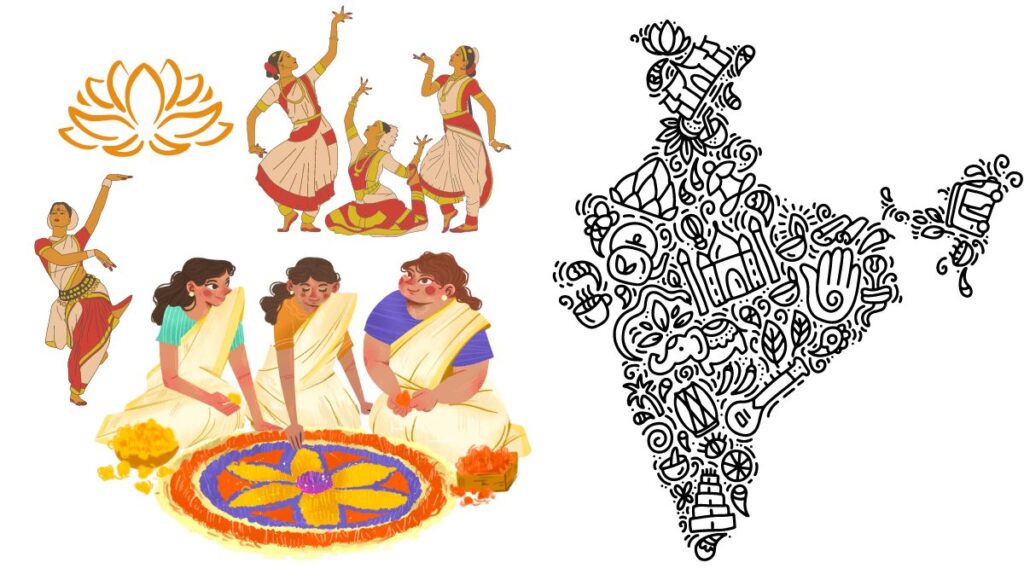
One of the best ways to express your gratitude and appreciation for India is to learn about its history and culture. By learning about India’s past, you can understand how it became what it is today and appreciate the struggles and achievements of its people. By learning about India’s culture, you can discover the richness and diversity of its heritage and appreciate the beauty and uniqueness of its traditions.
To learn about India’s history and culture, you can do the following:
- Read books, articles, or blogs that cover various aspects of India’s history and culture. You can find many sources online or in libraries that offer reliable and interesting information on different topics such as ancient civilizations, the freedom movement, the post-independence era, art forms, festivals, cuisines, etc.
- Watch documentaries, movies, or shows that depict or portray various aspects of India’s history and culture. You can find many options online or on TV that offer engaging and entertaining content on different themes such as historical events, biographies, social issues, cultural practices, etc.
- Visit museums, monuments, or places that showcase or preserve various aspects of India’s history and culture. You can find many options in your city or nearby areas that offer educational and enjoyable experiences on different subjects such as archaeology, architecture, art, religion, etc.
By learning about India’s history and culture, you can not only increase your knowledge and awareness but also develop a sense of respect and admiration for your country and its people. You can also share what you learn with others and inspire them to learn more about India as well.
2. Celebrate India’s Festivals and Events 🎉
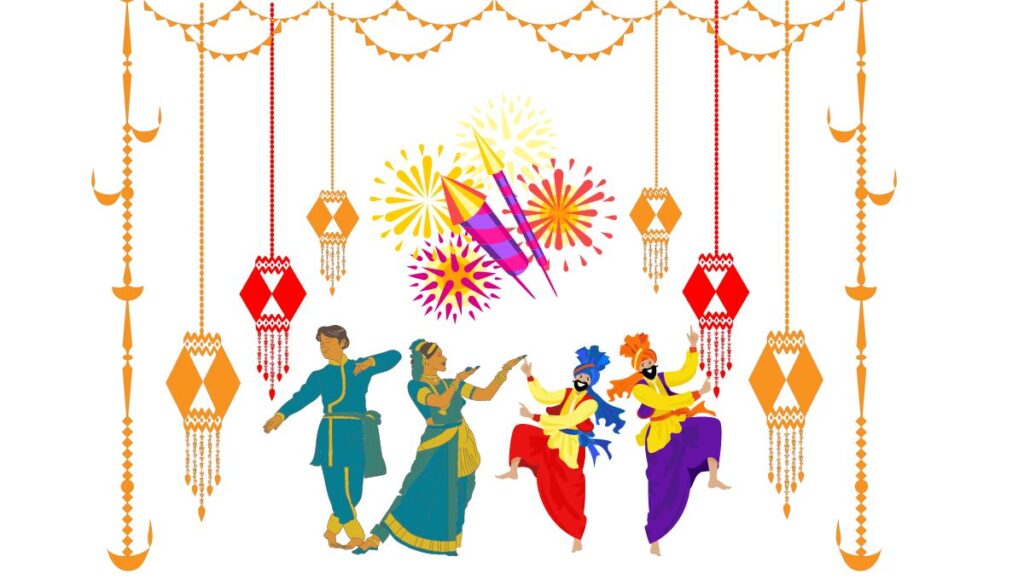
Another way to express your gratitude and appreciation for India is to celebrate its festivals and events. By celebrating India’s festivals and events, you can participate in its culture and enjoy its spirit. You can also connect with other Indians and share your joy and happiness with them.
To celebrate India’s festivals and events, you can do the following:
- Find out when and how different festivals and events are celebrated in India. You can find many sources online or in newspapers that provide information on the dates, significance, rituals, customs, etc., of various festivals and events such as Holi, Diwali, Eid, Christmas, Republic Day, Independence Day, etc.
- Join or organize celebrations for different festivals and events in your community or neighborhood. You can find many opportunities online or offline to join or organize celebrations for various festivals and events with your friends, family, colleagues, or neighbors. You can also invite people from other backgrounds or cultures to join your celebrations and learn more about India as well.
- Enjoy or create activities for different festivals and events at your home or workplace. You can find many ideas online or in magazines that offer suggestions on how to enjoy or create activities for various festivals and events with your loved ones or co-workers. You can also make or buy gifts, cards, decorations, food items, etc., that are related to the festivals or events that you are celebrating.
By celebrating India’s festivals and events, you can not only have fun and excitement but also express your gratitude and appreciation for India and its culture. You can also spread the message of peace and harmony among different communities and religions.
3. Contribute to India’s Development and Welfare 🚀
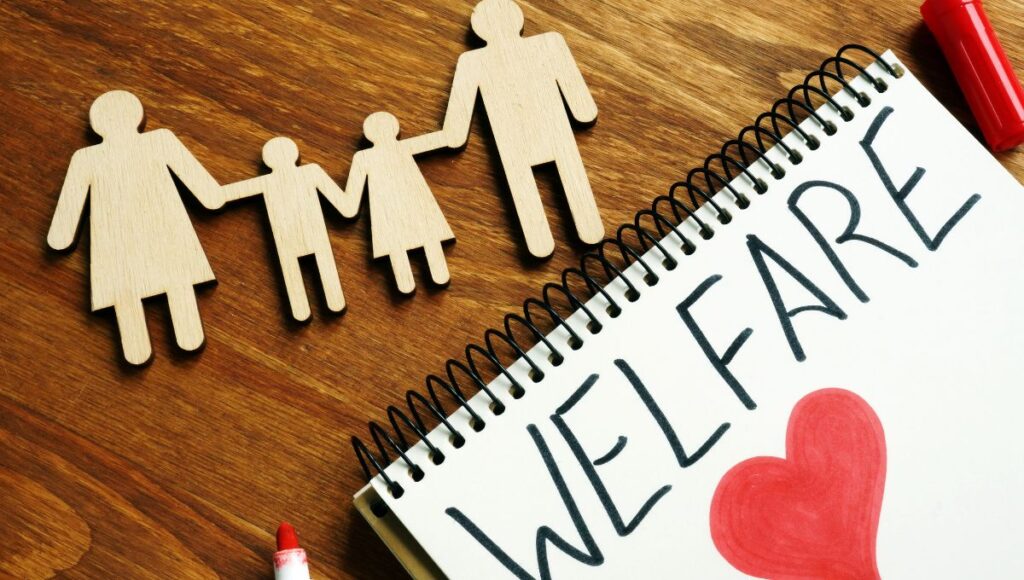
The third way to express your gratitude and appreciation for India is to contribute to its development and welfare. By contributing to India’s development and welfare, you can make a positive difference in the lives of its people and the future of its nation. You can also fulfill your duty and responsibility as a citizen of India.
To contribute to India’s development and welfare, you can do the following:
- Find out what are the issues and challenges that India faces in various domains such as education, health, environment, economy, etc. You can find many sources online or in reports that provide information on the current situation, trends, goals, etc., of various domains in India such as literacy, poverty, pollution, GDP, etc.
- Join or support organizations or initiatives that work towards solving or improving these issues and challenges in India. You can find many opportunities online or offline to join or support organizations or initiatives that work in various domains such as NGOs, social enterprises, campaigns, movements, etc. You can also donate money, time, skills, or resources to these organizations or initiatives.
- Take action on your own or with others to solve or improve these issues and challenges in India. You can find many ideas online or in books that offer suggestions on how to take action on your own or with others to solve or improve these issues and challenges in India such as volunteering, teaching, planting trees, recycling, etc.
By contributing to India’s development and welfare, you can not only make a positive impact and change but also express your gratitude and appreciation for India and its people. You can also inspire others to do the same and create a ripple effect of goodness and kindness.
Conclusion 🎉
You have reached the end of this blog post. Congratulations!
You have learned how to express your gratitude and appreciation for India with these 3 simple habits. You have learned how to learn about India’s history and culture; how to celebrate India’s festivals and events; and how to contribute to India’s development and welfare.
Now it’s time for you to take action and start expressing your gratitude and appreciation for India. Remember, gratitude and appreciation are not only emotions but also actions. The more you express them, the more you will feel them.
I hope this blog post was helpful and informative for you. If you enjoyed it, please share it with your friends and family who may benefit from it. And if you have any questions or comments, please leave them below. I would love to hear from you.
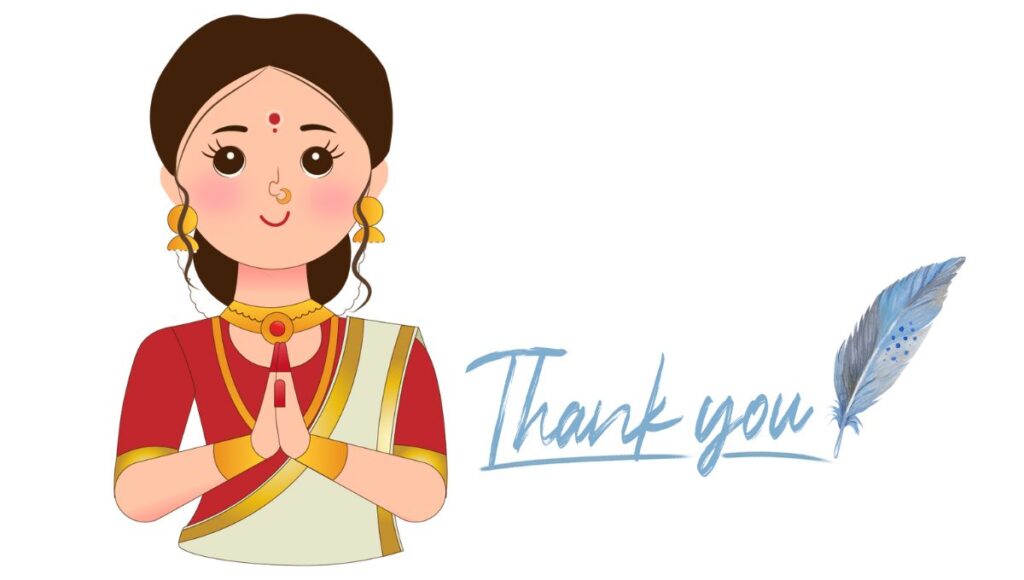
Thank you for reading this blog post and for being a part of my blog. I appreciate you and I wish you all the best in your gratitude journey.
Thank you for reading this blog post and for being a part of my blog. I appreciate you and I wish you all the best in your gratitude journey.
Happy Indian Independence Day!
FAQs
How is the Indian national flag designed and what does it symbolize?
The Indian national flag, also known as the Tiranga or the Tricolour, is a horizontal tricolor of saffron, white, and green, with a navy blue wheel (the Ashoka Chakra) in the center. The saffron color represents courage and sacrifice; the white color represents truth and peace; the green color represents prosperity and growth; and the wheel represents law and justice. The flag was adopted as the official flag of India on July 22, 1947, a few weeks before India’s independence from British rule 1
Who composed the Indian national anthem and what is its meaning?
The Indian national anthem, Jana Gana Mana, was composed by Nobel laureate Rabindranath Tagore in Bengali. It was first sung at the Calcutta Session of the Indian National Congress on December 27, 1911. It was officially adopted as the national anthem of India on January 24, 1950. The anthem praises the diversity and unity of India and invokes the blessings of the supreme spirit for the well-being of the nation1
What are some of the cultural and social activities that are held on Indian Independence Day?
Some of the cultural and social activities that are held on Indian Independence Day are:
- Kite flying: Kite flying is a popular activity that symbolizes freedom and joy. People fly kites of various colors, shapes, and sizes in the sky and compete with each other to cut their opponents’ kites2
- Rangoli making: Rangoli is a traditional art form that involves creating colorful patterns on the floor using rice flour, sand, or flower petals. People make rangoli designs outside their homes or in public places to welcome guests and celebrate the occasion2
- Cultural programs: Cultural programs are organized in schools, colleges, offices, and communities to showcase the talent and diversity of India. These programs include singing, dancing, drama, poetry recitation, quiz competitions, etc., based on patriotic themes or historical events2
